Die casting is a high-precision metal forming process that quickly turns molten metal into complex geometries. Casting involves filling molten metal such as aluminum alloy into a precision mold at high speed using a die-casting machine. Then, applying high pressure to produce large quantities of castings with high precision and excellent casting surface in a short time.
Consider what makes some of the most widely used die-casting alloys so valuable as we investigate.
“According to the latest research, pressure die casting (HPDC) aluminum alloys used for heat dissipation in vehicles, electronics, and communication. As demand is rising, researchers are exploring on the thermal conductivity of the aluminum alloys.”
Source: Liu, Yixian, and Shengwu Xiong. “Research Progress on Thermal Conductivity of High-Pressure Die-Cast Aluminum Alloys.” Metals, vol. 14, no. 4, Mar. 2024, p. 370. https://doi.org/10.3390/met14040370.
For instance, A380 (ADC12) dominates aluminum die casting which accounts for over 90% of production. Other alloys have unique benefits: A360 is best for thin-walled components, while AlSi9Cu3 is strong and wear-resistant for pistons and gears.
It provides excellent quality that cannot be obtained with other casting methods such as sand mold casting and gravity casting, including high dimensional accuracy, good casting surface, and a high degree of freedom in design.
What is aluminum die casting?
Aluminum die casting is a high-precision manufacturing method. This with other aluminum alloys is used to create different parts with molten metal. This process usually goes through the following steps:
- Mold Creation
- Melting The Metal
- Injection and Solidification
- Part Ejection and Finishing
Popular Aluminum Die Casting Alloys
| Alloy | Composition | Properties | Applications | Tolerance Level (Typical) |
| A380 (ADC10) | 92.5% Al, 7.5% Si | Excellent castability and fluidity resistance | * Engine blocks, transmission housings bracketsConsumer goods | ±0.004″ – ±0.008″ |
| A360 | 90-92% Al, 7-8% Si | Better fluidity and pressure tightness | Thin-walled components Hydraulic components | ±0.004″ – ±0.010″ |
| A383 (ADC12) | 85-89% Al, 11-13% Si | Improved corrosion resistance compared to A380 * Lower mechanical strength than A380 | * Similar applications to A380, | ±0.003″ – ±0.008″ |
| AlSi9Cu3 | 85-87% Al, 9-11% Si, 3-4% Cu | * High strength and wear resistance | * Engine components (pistons, cylinder heads) | ±0.002″ – ±0.006″ |
| AlSi10Mg | 89-90% Al, 9-11% Si, 0.3-0.5% Mg | * Improved corrosion resistance | * Marine applications * Food handling equipment | ±0.003″ – ±0.008″ |
| A413.1 | 90-94% Al, 4-6% Si | * High strength and ductility | * Automotive components * Aerospace components * | ±0.002″ – ±0.005″ |
| A356.2 | 91-93% Al, 7-9% Si, 0.2-0.35% Mg | * Good strength and wear resistance | * Engine components andPump housings | ±0.003″ – ±0.007″ |
Note: Tolerance levels directly depend on the design, wall thickness, and specific die-casting manufacturer. It is the best practice to consult your die-casting manufacturer.
Aluminum Die Casting alloys | ADC Material
Mechanical Properties of Aluminum Die Casting Alloys
| Alloy | Elongation (%) | Tensile Strength (MPa) | Yield Strength (0.2% MPa) | Impact Strength (J) | Shear Strength (MPa) | Hardness (HB) |
| ADC1 | Moderate | 170-210 | 120-150 | Not specified | Not specified | 70-85 |
| ADC3 | Moderate | 240-280 | 180-220 | 2.0-4.0 | Not specified | 80-95 |
| ADC5 | High | Not specified | Not specified | High | Not specified | Not specified |
| ADC6 | Not specified | Not specified | Not specified | Not specified | High | 85-100 |
| ADC10 | Moderate | 260-300 | 200-240 | 2.5-3.5 | Not specified | 90-100 |
| ADC10Z | Moderate | Similar to ADC10 | Similar to ADC10 | Slightly lower than ADC10 | Not specified | 85-95 |
| ADC12 | Moderate | 240-280 | 170-210 | 2.0-3.0 | Not specified | 85-95 |
ADC1
The yield strength is slightly lower, so it is not suitable for parts that require high strength. However, as mentioned above, it is said to be good for complex shapes and thin walls because of its good castability, but it is a standard material that is used very rarely.
ADC3
It has fairly good electroplating properties and has good wear resistance and machinability. It also has excellent strength properties and airtightness at high temperatures. In addition to pressure resistance, it also has particularly excellent tensile strength and impact resistance, making it useful in applications that require such strength.
Corrosion resistance is also comparable to ADC1, and castability is good, although not as good as ADC1. Other similar alloys are equivalent to A360.0.
ADC5
Although it has very good corrosion resistance, it does not have good castability, so it is not suitable for products with complex shapes. As for mechanical properties, it has good elongation and impact value parameters, so it can be considered when strength is required.
ADC6
It is a material with excellent wear resistance and machinability and has good polishability. It is an alloy equivalent to 515.0.
ADC10
In addition to good machinability and castability, strength is also improved by adding Cu as an additive element. It is a well-balanced type of aluminum die-casting that has excellent strength and good castability.
It is often used because it can produce products with excellent mechanical properties and good pressure resistance. However, although it has a similar balance to ADC12, it cannot match the amount used. As an alloy, it is equivalent to A380.0.
ADC10Z
Although it has properties similar to ADC10 as an aluminum die casting, such as castability and mechanical strength, it contains zinc as an impurity and tends to be slightly inferior in casting cracking resistance and corrosion resistance.
Materials with a Z at the end are aluminum die-cast materials that can contain up to 3% zinc (Zn) as an impurity and are made to comply with overseas standards.
ADC12
ADC12 is a well-balanced alloy type with high mechanical properties, machinability, and castability for aluminum die casting. More than 90% of aluminum die-casting production is said to be ADC12, and most of it is used for automobile parts.
For this reason, it has good distribution and is an advantageous material in terms of price and ease of acquisition. However, the areas in which it is weak include corrosion resistance, anodizing properties, and chemical conversion coating properties. However, the electroplating properties are very good.
Aluminum Die-casting Manufacturing Process
Design
Many things need to be decided in advance. First, is the design possible? From taking measurements to determining wall thickness, whether to make it as one piece or in parts. This preliminary meeting is an important task, as it has a significant impact on the finished product and delivery date. We perform solidification analysis using CAD and create the optimal product shape and casting plan.
Mold production
Based on the decisions, we begin making aluminum die casting mold. We take into account the size, complexity, and workability of the product, and manufacture it by CNC machine, EDM amchining, lather machine, and other related manufacutring process such as die polishing, gridding, mold fitting, and assemlby.
Put the die casting mold into the die casting machine
One the die casting mold is completely, then mold trial need to start, put the aluminum die casting mold into the die casting machine, fasten each half into the machine properly, connect the cooling channel, feeding poosition, and check all of detal before start casting process.
Dissolution
Put an alloy ingot (AC4C or AC7A) or a return material of the same material into the melting furnace and melt it. Impurities such as gas and oxides are removed from the molten alloy (molten metal). The melting temperature is approximately 660℃, and the casting temperature is over 700℃. The temperature of the casting water is determined based on the size of the item.
Casting
The molten metal is drawn up, poured into a mold, and solidified by cooling systme. The die casting mold is opened and the solidified casting is removed by the robot and ejector systems. Cut out sprues, cold well and flashs that are not necessary for the product. the sprues and the cold well that have been cut off can be used as return material by melting and reusing them.
Finish
We perform straightening, polishing, and painting to make it ready for shipping as a product. If necessary, some items undergo additional machining to achieve dimensional accuracy. We also undertake surface treatments such as alumite, painting, and plating.
How to increase the strength of aluminum die-casting part
Aluminum die-casting part already has a certain degree of strength. However, you can improve it further by surface treatment. Since there are various methods for surface treatment, incorporate the relevant method depending on your part requirement.
Note: The table highlights alloying elements, not surface treatments.
Metal Treatments and Their Benefits
| Metal Treatment | Effect | Applications |
| Copper + Silicon (Alloy) | Increases Strength | Aircraft components |
| Manganese (Alloyed) | Increased Strength, Rust Resistance, Easier Processing | Aluminum cans |
| Magnesium (Alloyed) | Rust Resistance, Easier Machining | Ships, Vehicles |
| Magnesium + Silicon (Alloy) | Increased Strength, Rust Resistance | Architectural sashes |
| Zinc (Plating) | Greatly Increased Strength | Aircraft components, Railway vehicles |
Notes:
- The table highlights Copper + Silicon is used in an alloy, not painted.
- Painting is not typically used as a treatment for these metals to achieve the listed benefits.
- The strength of die-cast aluminum can be increased by increasing the surface hardness with plating.
- Die casting has higher strength than sand casting or die casting. Compared to other casting methods, the cooling rate is faster and the casting structure is finer.
Advantages of aluminum die casting
There are six main advantages to aluminum die casting.
- Suitable for mass production
- Dimension accuracy is the highest
- The casting surface is the smoothest.
- Thin-walled products can also be manufactured.
- You can choose from materials with different characteristics depending on the purpose.
- Various surface treatments such as plating, chemical conversion treatment, alumite, and painting are possible depending on the application.
In addition, even products that are complex and require precision can be manufactured in a single process of pouring metal into a mold. It results in high productivity and the ability to manufacture products in large quantities at low cost.
However, post-casting processing and finishing are required. Compared to other castings, die casting provides higher dimensional accuracy. Since the surface is finished smoothly, processing after casting may not be necessary.
For Aluminum Die-casting, Contact ALU Die Casting!
Alu Die Casting is one of the best die-casting companies. Along with aluminum, we can provide parts with other materials also such as zinc vacuum die casting and magnesium die casting. By incorporating state-of-the-art equipment, we can deliver high-quality aluminum casting parts.

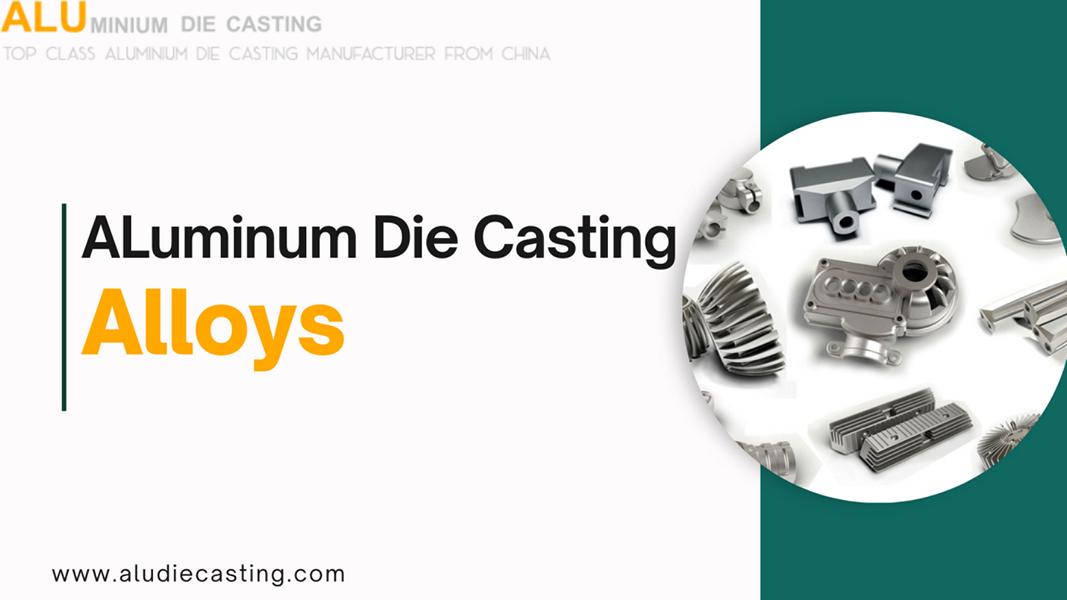

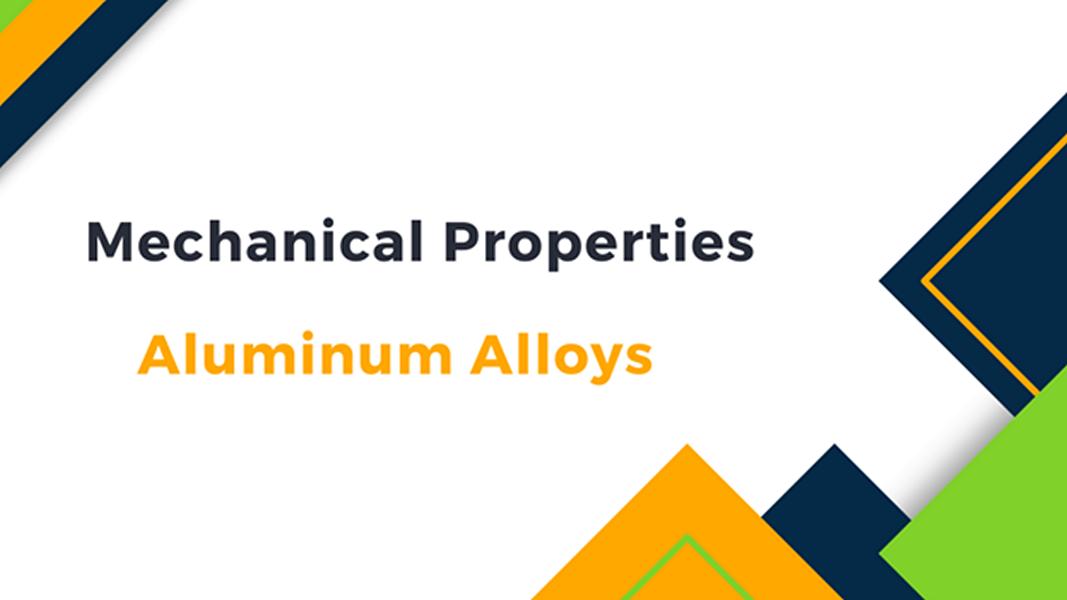
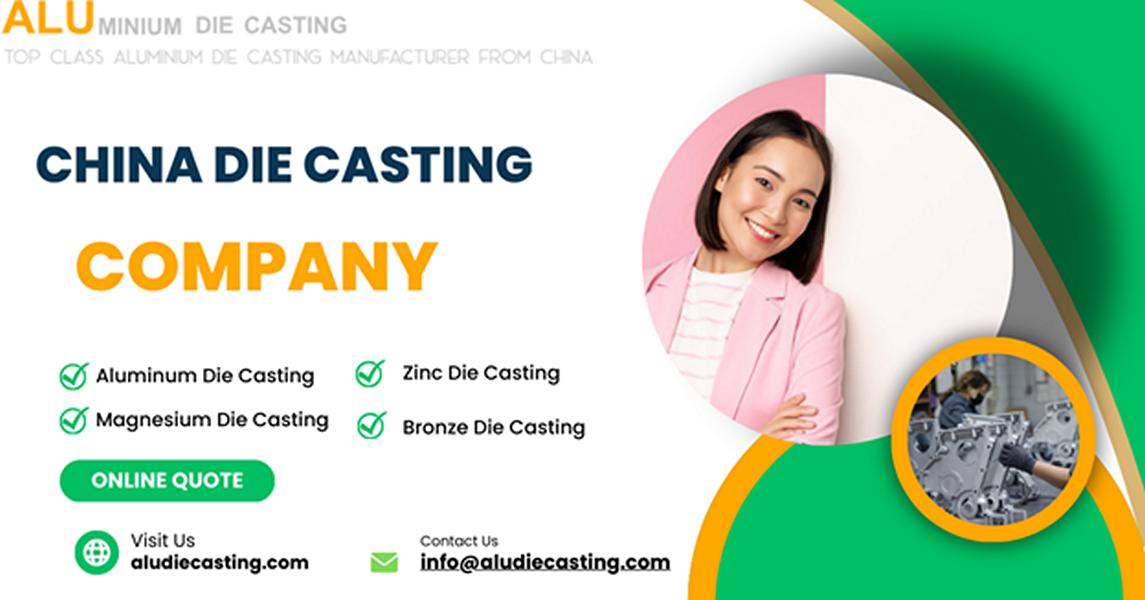

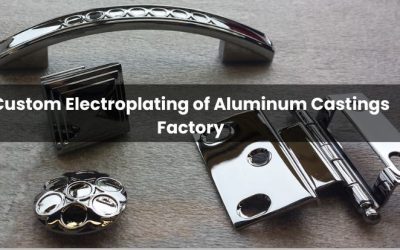
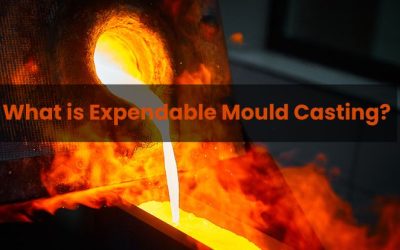
0 Comments